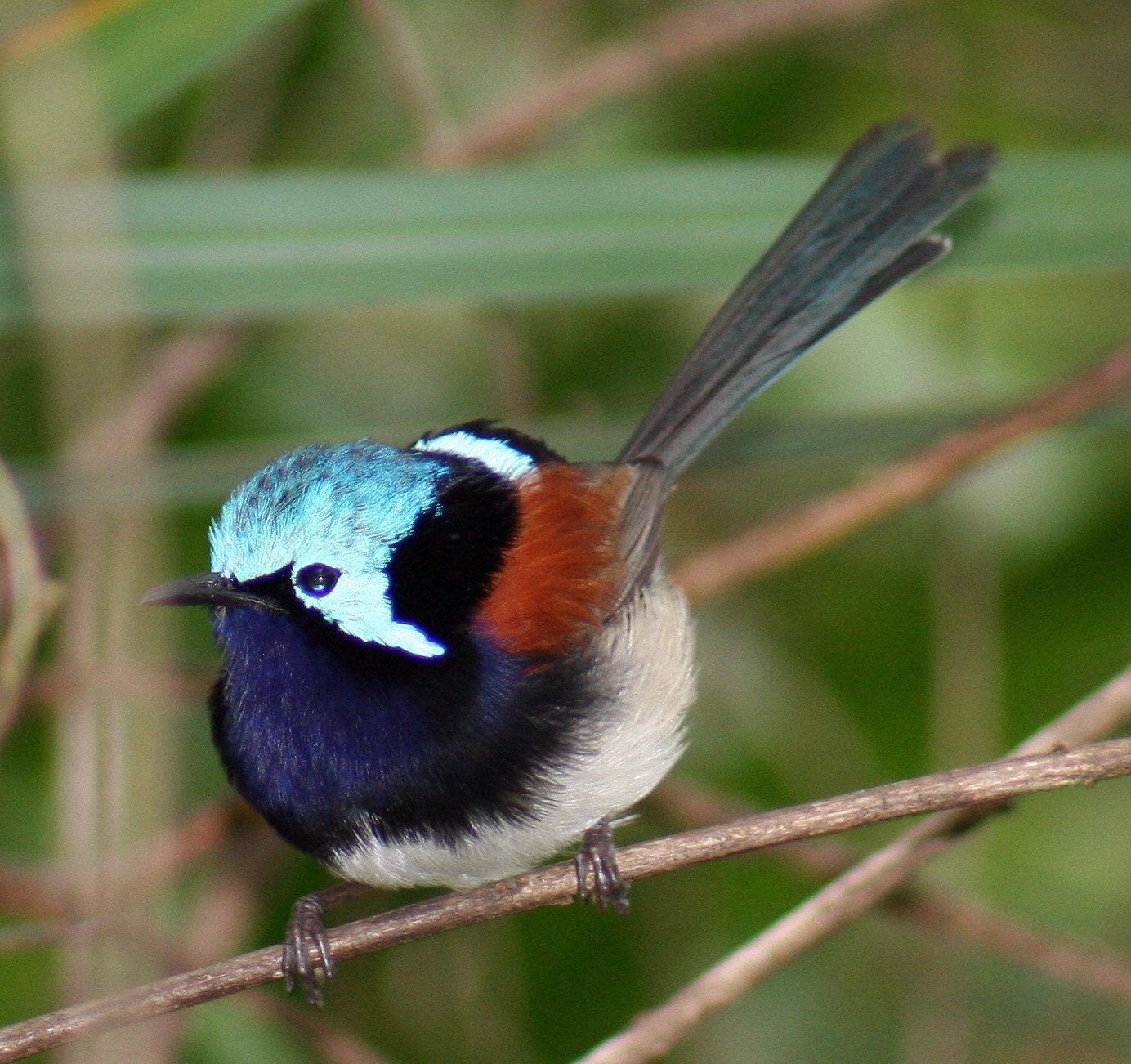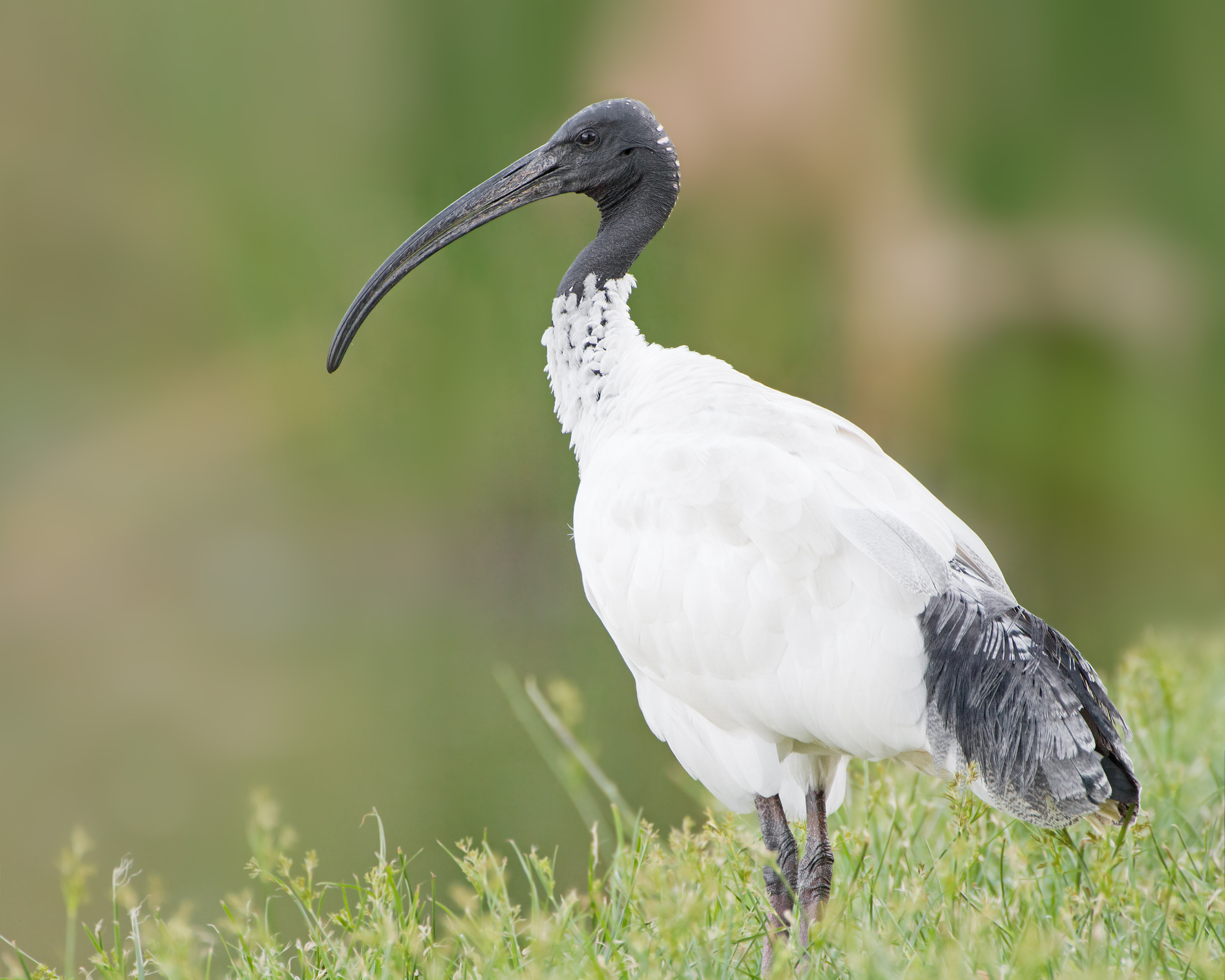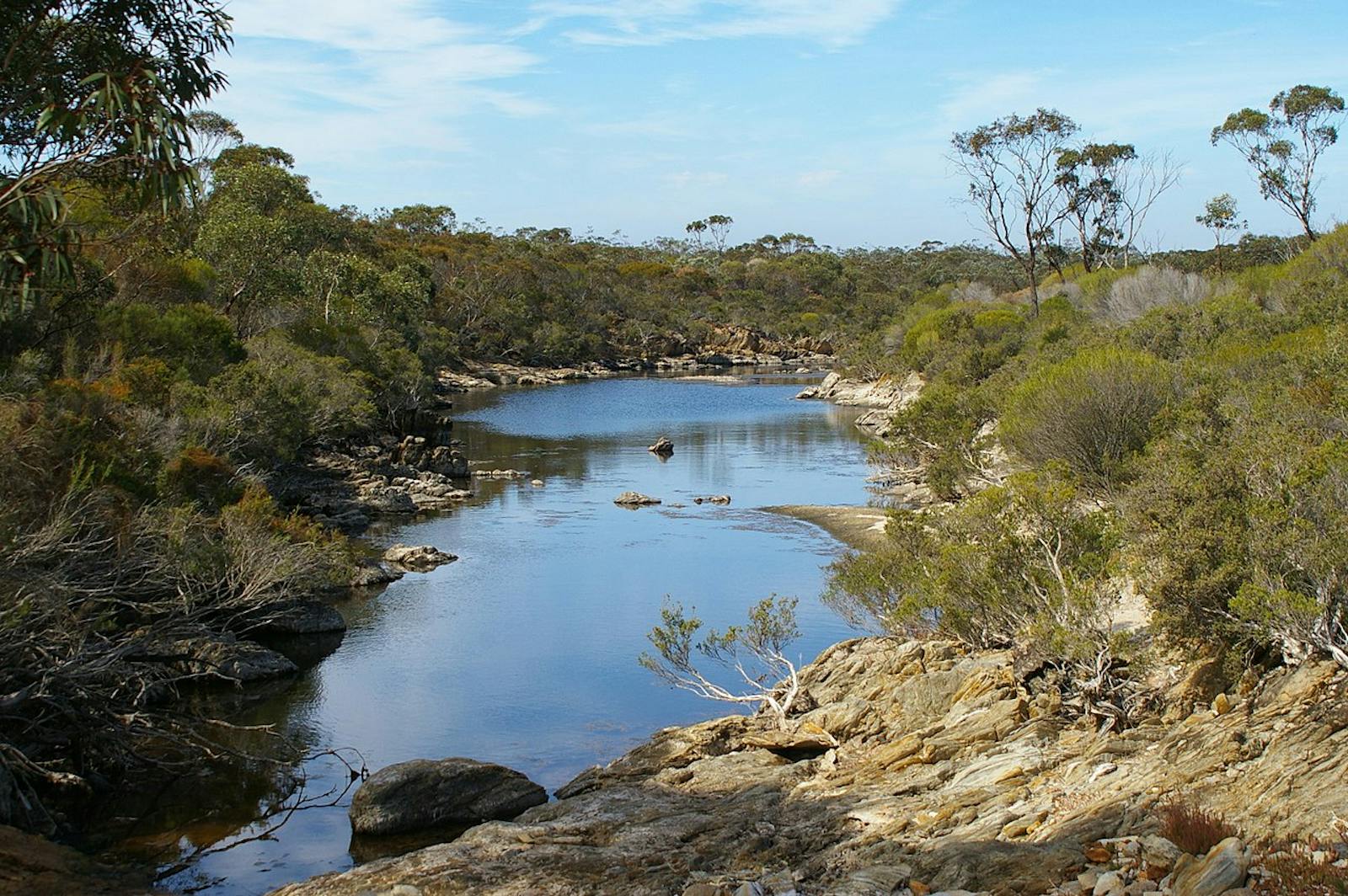Esperance Mallee
The ecoregion’s land area is provided in units of 1,000 hectares. The conservation target is the Global Safety Net (GSN1) area for the given ecoregion. The protection level indicates the percentage of the GSN goal that is currently protected on a scale of 0-10. N/A means data is not available at this time.
Bioregion: South Australian Mediterranean Forests, Woodlands & Scrub (AU5)
Realm: Australasia
Ecoregion Size (1000 ha):
10,347
Ecoregion ID:
198
Conservation Target:
52%
Protection Level:
4
States: Australia
The Esperance mallee is one of the world’s greatest concentrations of unique plants, being one of the richest ecoregions within the Southwest Australia (SWA) Mediterranean-climate global botanical hotspot, also known as the Kwongan, a term for the waxy-leaved scrubs of the SWA region. The landscape is very ancient and weathered and the cooler, wetter conditions of the region offer a botanical refuge from the arid lands that surround southwest Australia. The long isolation and favourable, stable climate have driven the evolution of an extraordinarily rich and endemic flora, with 7,239 plant species identified with almost 80% found nowhere else. Within the Esperance ecoregion are 3,443 native plants.

The flagship species of the Esperance Mallee ecoregion is the red-winged fairywren. Image credit: Cas Liber, Creative Commons
Mallee is a characteristic vegetation type on poor soils with low rainfall. Eucalyptus mallee with myrtle and protea heathlands dominate the vegetation, though woodlands and heath occur on limestone-based soils in the eastern portion. Tall sand mallee with E. ermophila is a common habitat. Melaleuca shrublands cover wetter ground and low Tecticornia shrublands occur around ancient salt lakes. Local endemism is high within the flora, including within Eucalyptus and Acacia trees and shrubs.
Mallee typically has many waxy-leaved species adapted to deal with long summer dry periods and lignotubers are common (plants with large underground stems). Some plants are fire-adapted and sprout quickly after bush fires, but most appear vulnerable to frequent fires. Some species have very limited ranges with localized hotspots of endemism around Pink Lake, Russell Range (Brooke Park), Ravensthorpe Range (Bandulup Hill), and Espearance Sandplain.

Australian white ibis. Image credit: JJ Harrison, Creative Commons
There are many endemic land snails, such as Bothriembryon gluaerti. The threatened western whipbird, western ground parrot (one of only three ground parrots in the world), white-tailed black cockatoo, Tammar wallaby, red-tailed phascogale, chuditch (a small predatory marsupial), heath rat, dibbler, and the black-footed rock-wallaby occur here. The red-winged fairywren, the males of which has a brightly colored, iridescent silvery-brown crown, is a near-endemic bird to the region.

Kangaroo paw. Image credit: Creative Commons
Farming and livestock grazing have cleared or degraded over 56% of the ecoregion. Frequent human-caused fires in remaining natural habitats threaten species, such as the western whipbird and western ground parrot, and ecosystems adapted to low fire regimes. Many remnant habitats are heavily fragmented and highly isolated, which will drive biodiversity loss over time. Introduced predators, such as foxes and feral cats, prey on native animals. Two particularly impactful weeds are bridal creeper and blackberry.

Death adder. Image credit: John Womby, Creative Commons
Roughly 380 species of plants are threatened or vulnerable. The endemic and threatened western whipbird may be down to less than 500 individuals. Key conservation actions include 1) restore habitat corridors to link larger isolated pockets of natural habitat, 2) expand invasive predator control and fire management programs around key biodiversity areas; and 3) expand containment program for the introduced microscopic soil-borne water mould (Phytophthora cinnamomi) that kills large numbers of native plant taxa.
Citations
- Gole C. 2006. The Southwest Australia Ecoregion: Jewel of the Australian Continent. The Southwest Australia Ecoregion Initiative (SWAEI), Wembley, SWA.
- Comer S et al. 2001. Esperance 2 (ESP2 – Research subregion). Department of Conservation and Land Management, Government of Australia. Accessed 1 June 2019 at https://www.dpaw.wa.gov.au/images/documents/about/science/projects/waaudit/esperance02_p209-223.pdf.
- Beard JS. 1995. South-west Botanical Province. Pages 484 – 489 in SD Davis, VH.Heywood, AC Hamilton (editors), Centres of Plant Diversity. Volume 2. Asia, Australasia, and the Pacific. WWF/IUCN, IUCN Publications Unit, Cambridge, UK.



